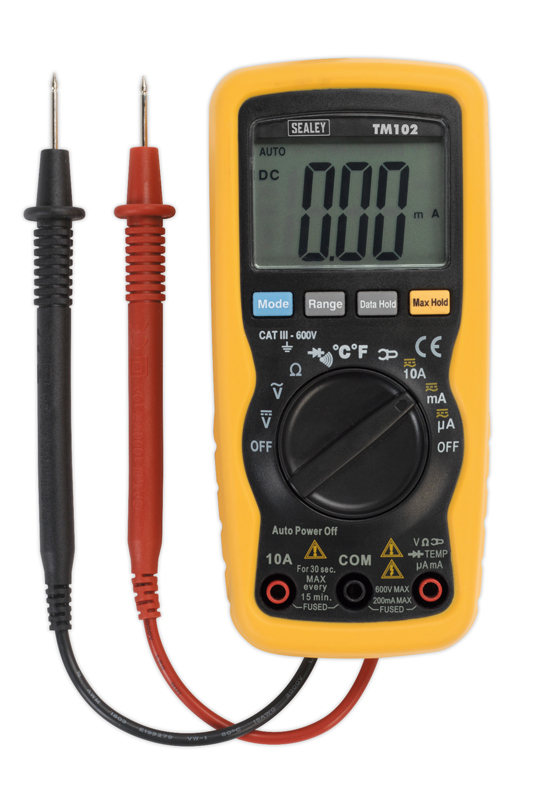Sealey’s Neil Kidby explains why, in the world of diagnostics, things might not always be as they first appear.
Vehicle diagnostics is never quite as straightforward as many car owners believe. We have all heard customers say, “Plug your computer in and it will tell you what’s wrong”. If only that were the case in all circumstances!
For instance, we had an interesting case in the Sealey workshop recently. A Nissan Juke 1.5 dCi came in with a traction control warning lamp illuminated. The car was driving perfectly and apart from the warning lamp, it was showing no signs of problems.
The Sealey V-Scan diagnostic tool was duly connected and a short road test was carried out, which revealed the wheel speed sensors were all working perfectly and sending the correct information to the control module. We then carried out a full diagnostic scan. The only fault code generated and stored by the vehicle was a signal error message relating to the EGR system. As there is a pressure sensor on the EGR system, checking this device was our first logical step. Diagnosis of a fault is very often a process of elimination until you find the actual root cause of the issue, so this was a natural place to start.
The pressure sensor is a simple device and was easily checked using the Sealey TM102 Digital Multimeter and the VS403 Vacuum and Pressure Test Kit. Having proved that the pressure switch on the car was functioning correctly, and again using the VS403 (in pressure mode), we checked for a free flow on the EGR pipe that connects to the sensor. On finding there was no free flow through the EGR pipe, we decided to remove the pipe for further investigation.
The EGR system is a place where carbon deposits can often build up in unwanted areas and in equally unwanted quantities. This pipe was no exception. When we inspected the pipe, we found the banjo style fitting on the engine end of the pipe was completely clogged with carbon deposits. As a result of this carbon build up, no pressure could reach the pressure sensor.

Good engineering practice meant the only acceptable repair in this instance would be to fit a new pipe to ensure a correct repair. Factor in the low cost of the pipe and its somewhat concealed location, and trying to clean it isn’t even worth considering. With the new pipe in place, the fault code was cleared and another road test was carried out. The traction control lamp is no longer on display, and a check after the road test revealed no fault codes were present.
This example demonstrates how every modern vehicle has such closely linked control systems and, in the world of diagnostics, things may not always be as they first appear. Furthermore, it shows how integral a diagnostic tool with OEM capability is to a vehicle workshop.











